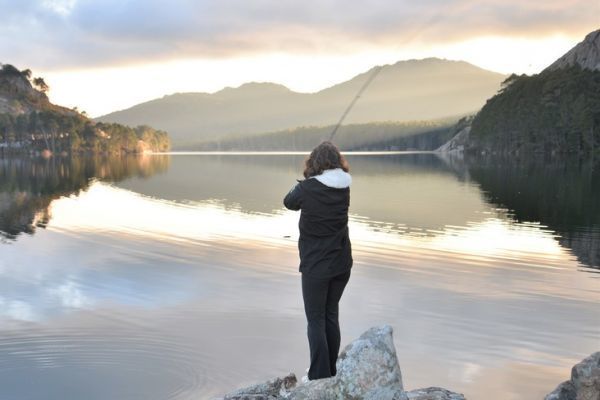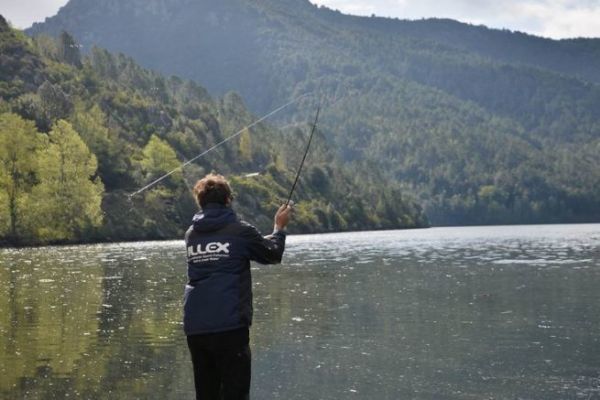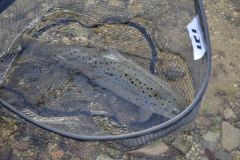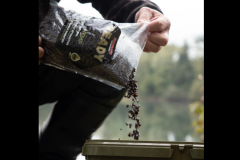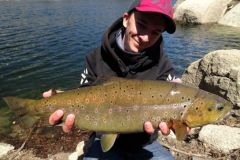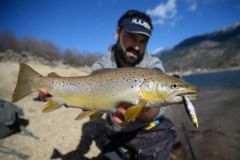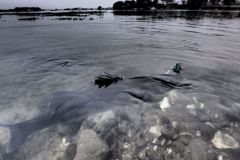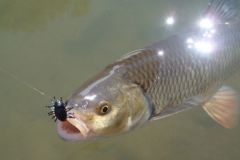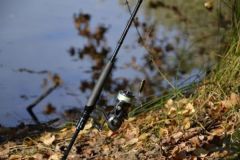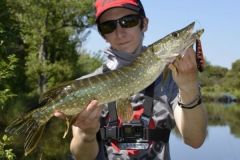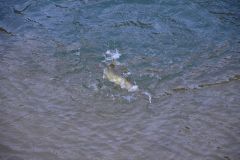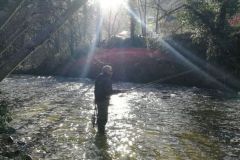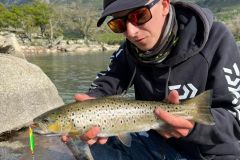Forehand and backhand throw
They are part of the basic throws. The first one is made on the same side from where you hold the rod. It's a combination of arm movement and grip stroke that gives the lure the impulse and propels it.
The backhand side, opposite the arm that holds the rod, is less intuitive and is often dictated by a constraint of the middle and the impossibility of making a forehand stroke. One generally throws less far and for a maximum of control, one does not cumulate two movements, but generally only the grip stroke.
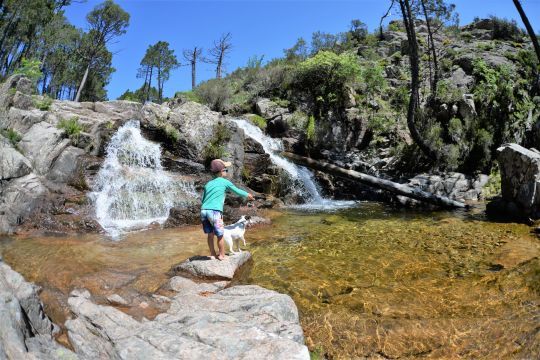
For these two casts, the lure is "behind" the rod tip relative to where you are casting.
The pendulum technique
The swing, as the name suggests, is a back and forth swinging motion with the rod. When the lure is at its peak in the back, you just go with it and let go of the line and the lure will launch. It's the weight of the lure that does the work.
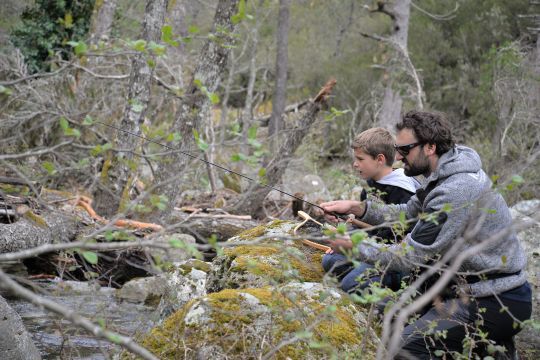
This type of casting is necessary to be very precise, to have a delicate landing of the lure on the water and for short distances (generally less than 10 m).
The crossbow throw
The crossbow cast is a cast well known to fly fishermen, but very little used by lure fishermen. It consists in holding the back hook of the lure, wrapping the rod and releasing the lure. It is the nervousness of the rod alone that propels the lure. It is a very practical casting method in very crowded areas, especially in small forest streams.
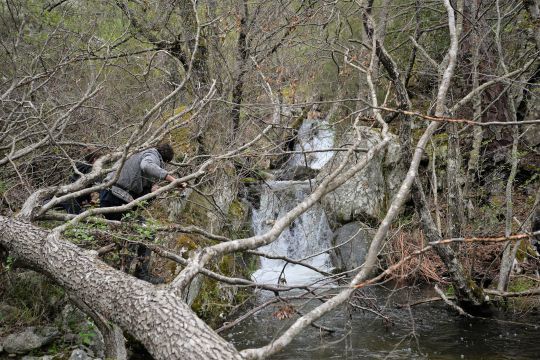
The front whip throw
The front whip consists of a sort of double front impulse. A light backward stroke to "load" the rod, then a strong forward stroke over the shoulder to throw the lure far out into a minimum of space.
